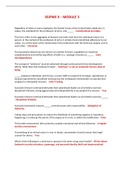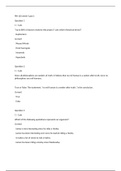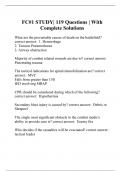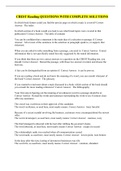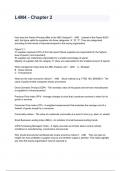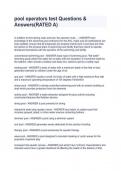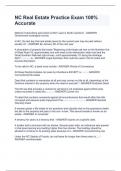Summary
Kernsamenvatting - migration and integration (IPMI)
- Course
- Institution
This summary provides an interdisciplinary overview of migration and integration, with a focus on historical, legal, economic and sociological perspectives. The document covers: 1. Definitions and Theoretical Frameworks: - Concepts such as migration and integration are critically examined. -...
[Show more]




